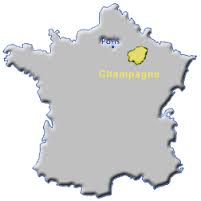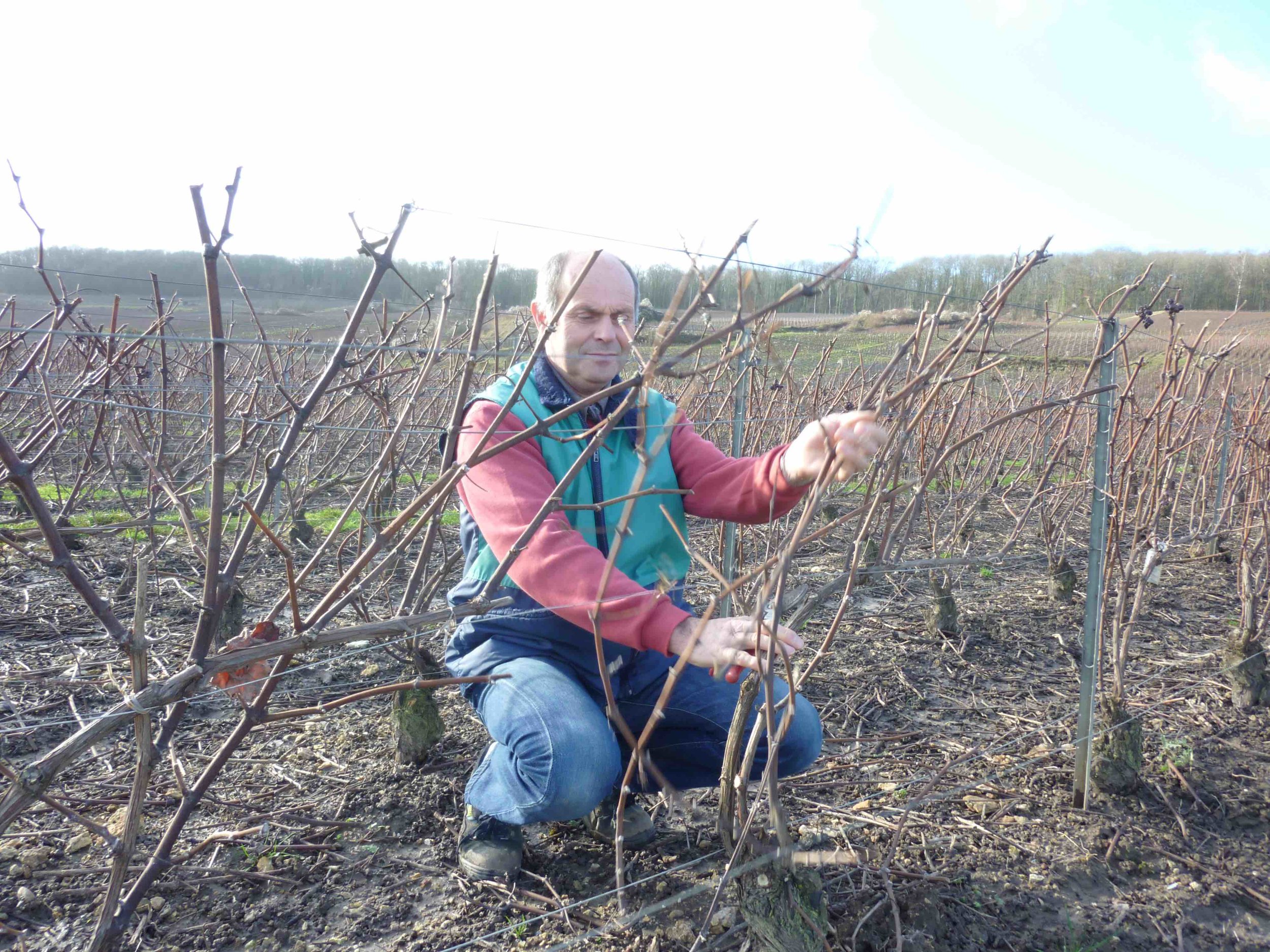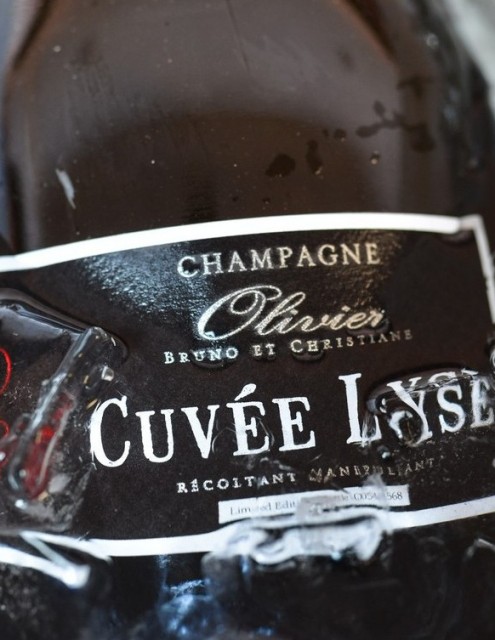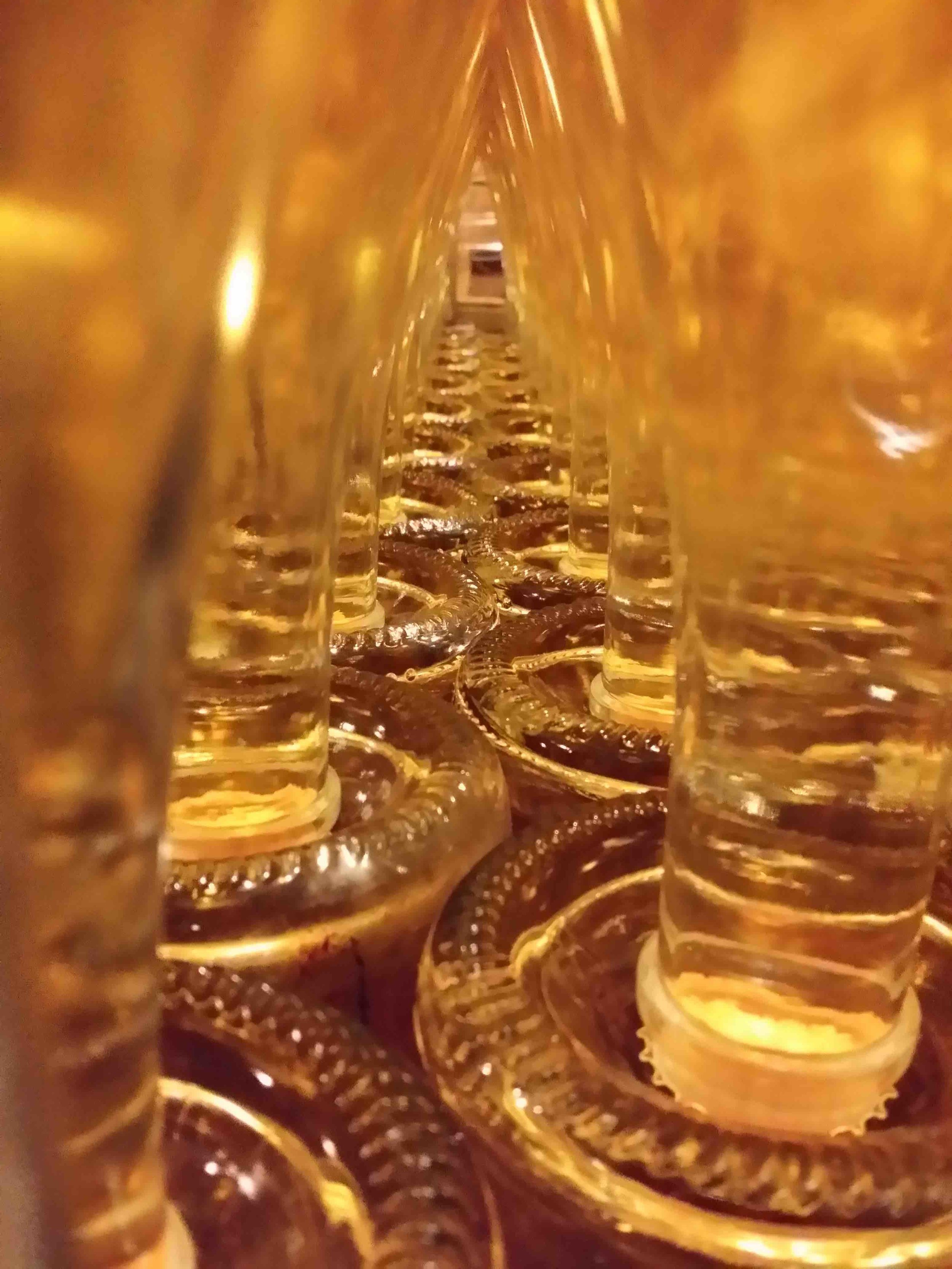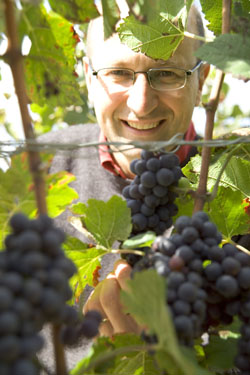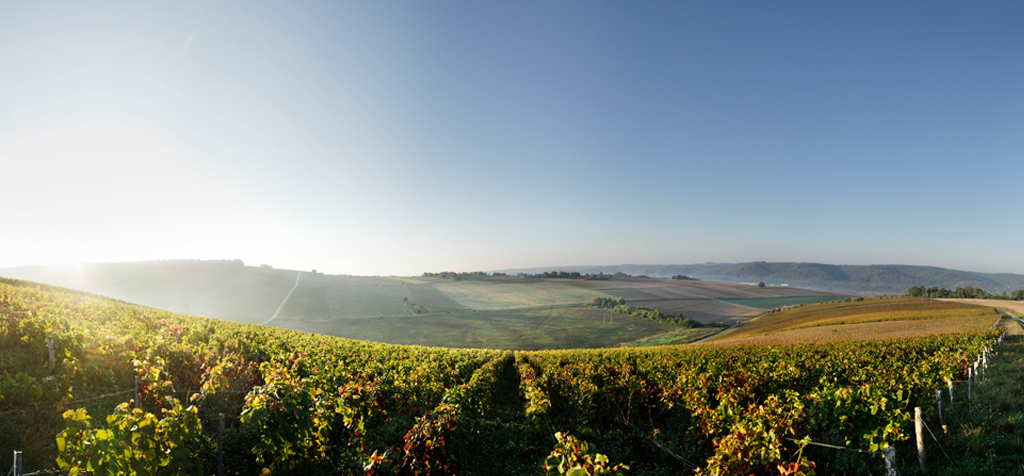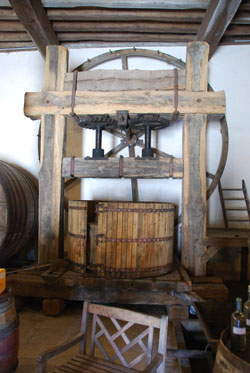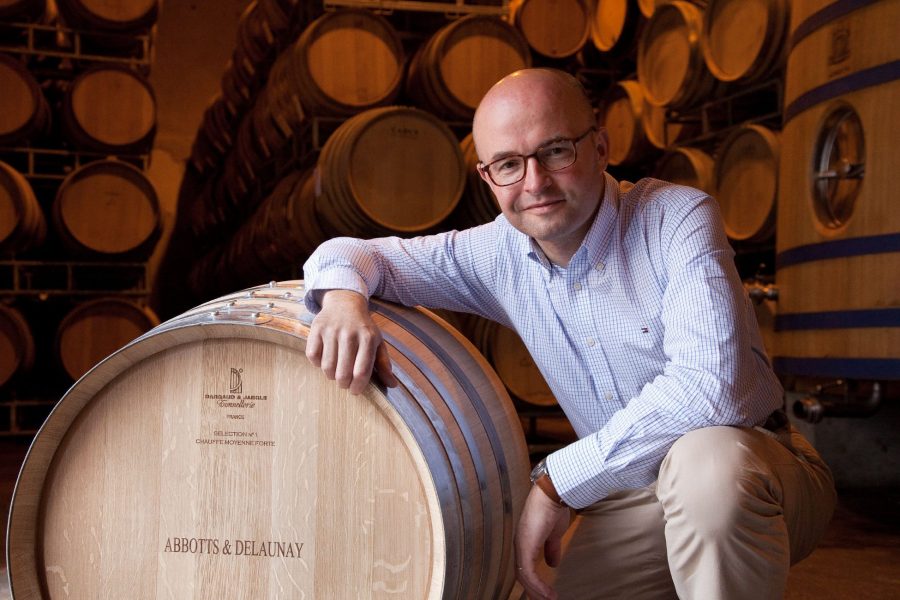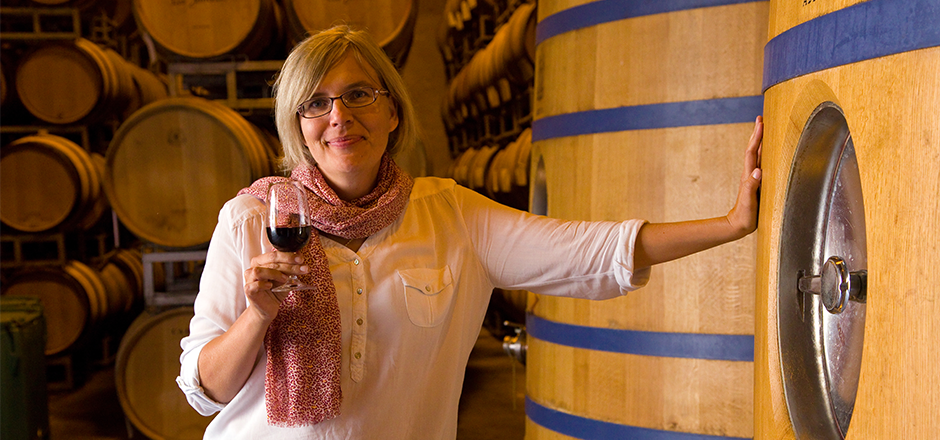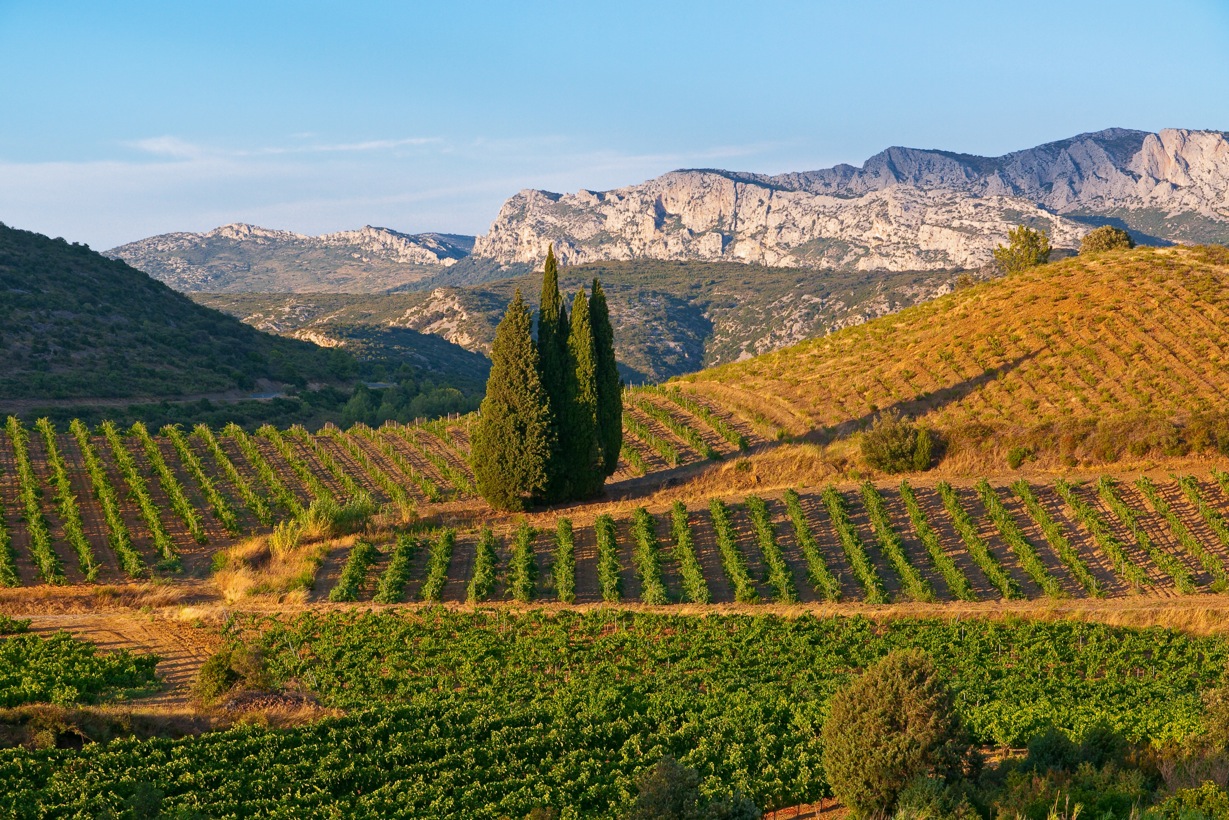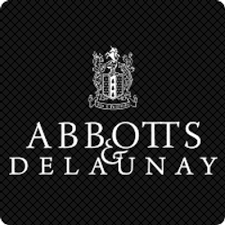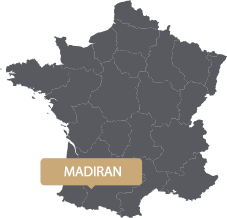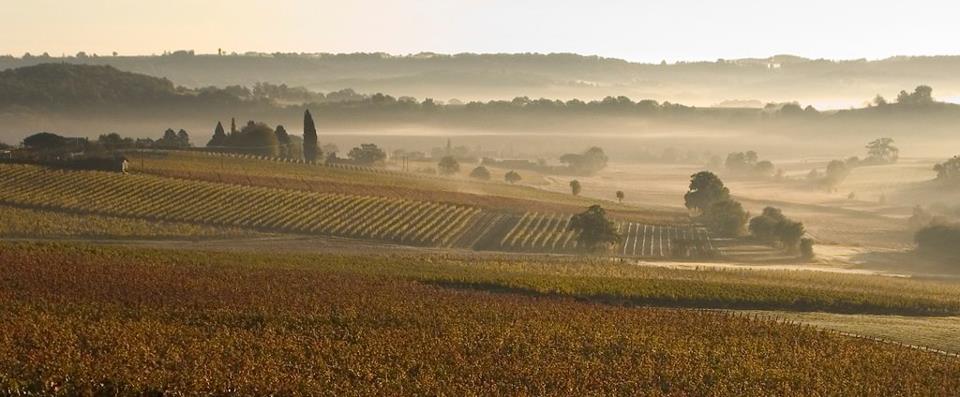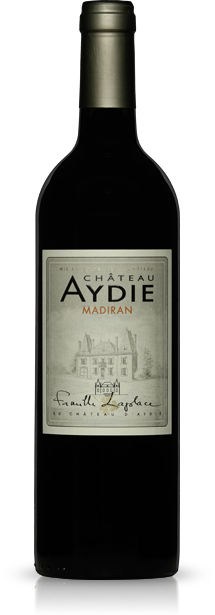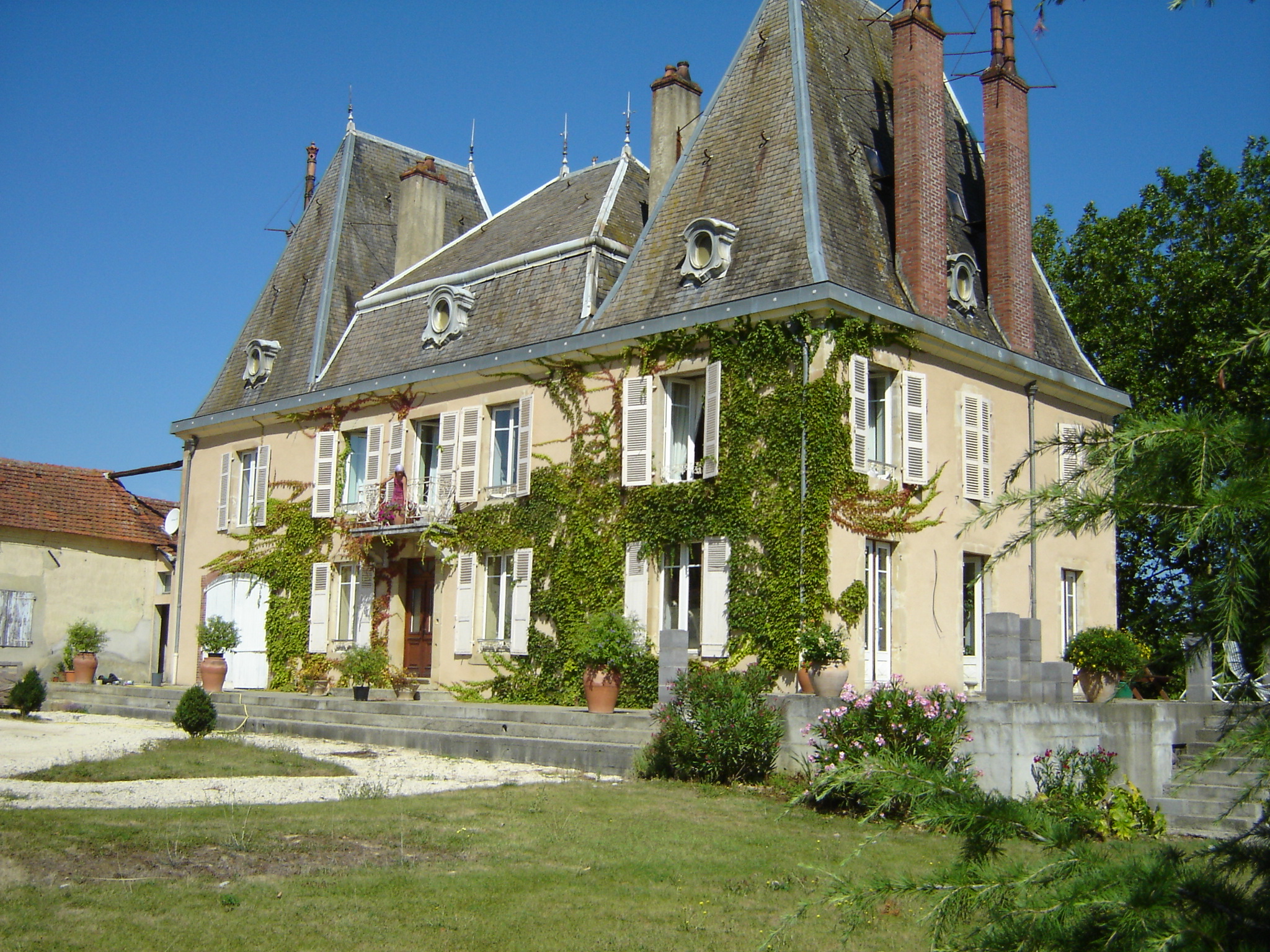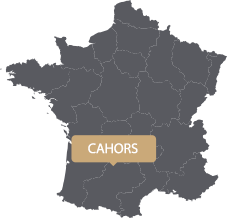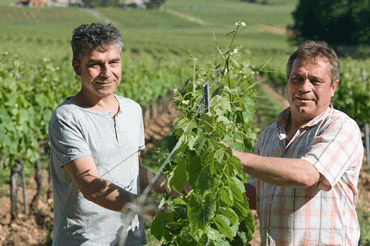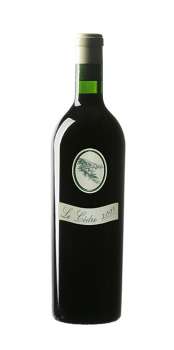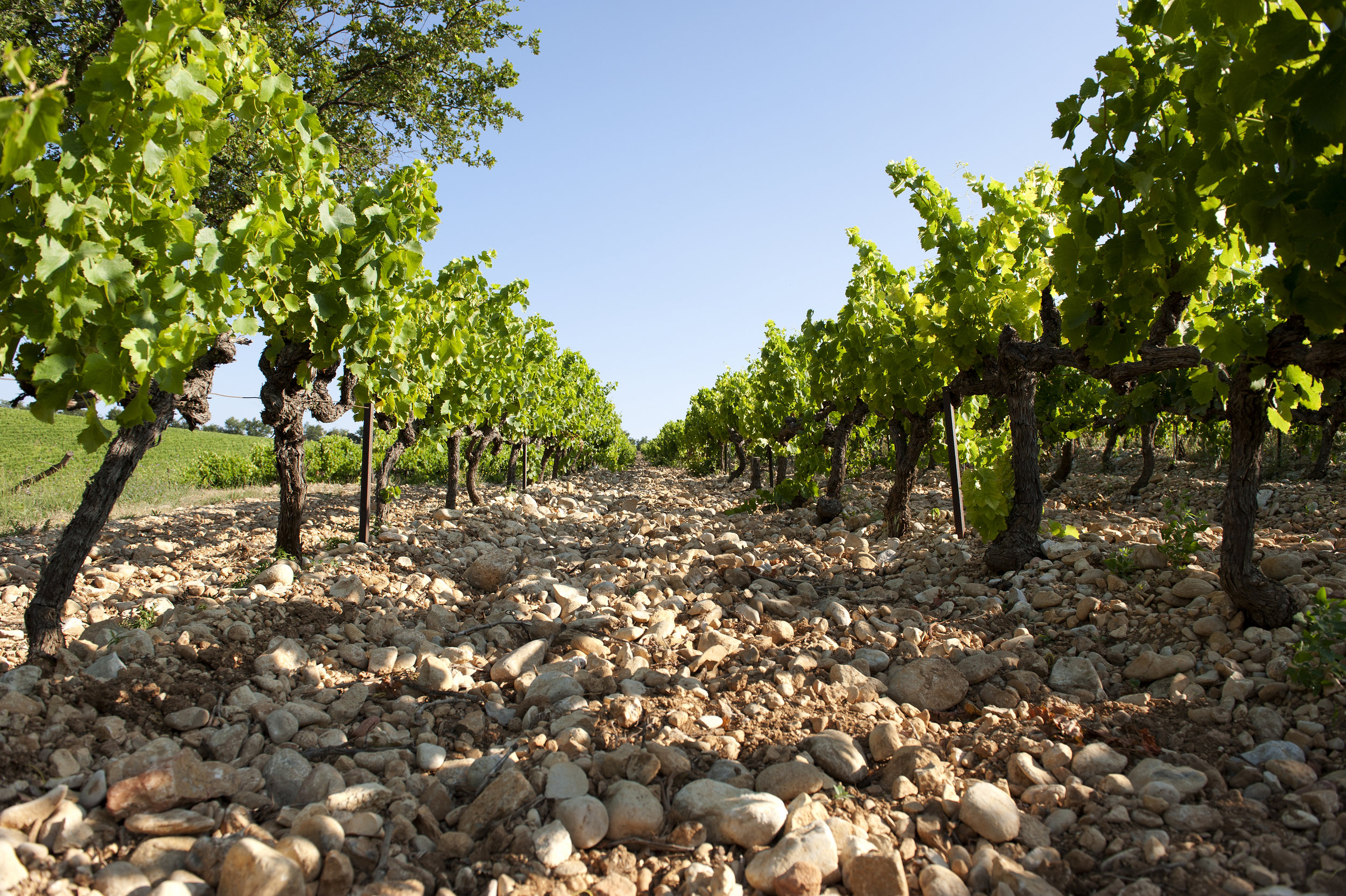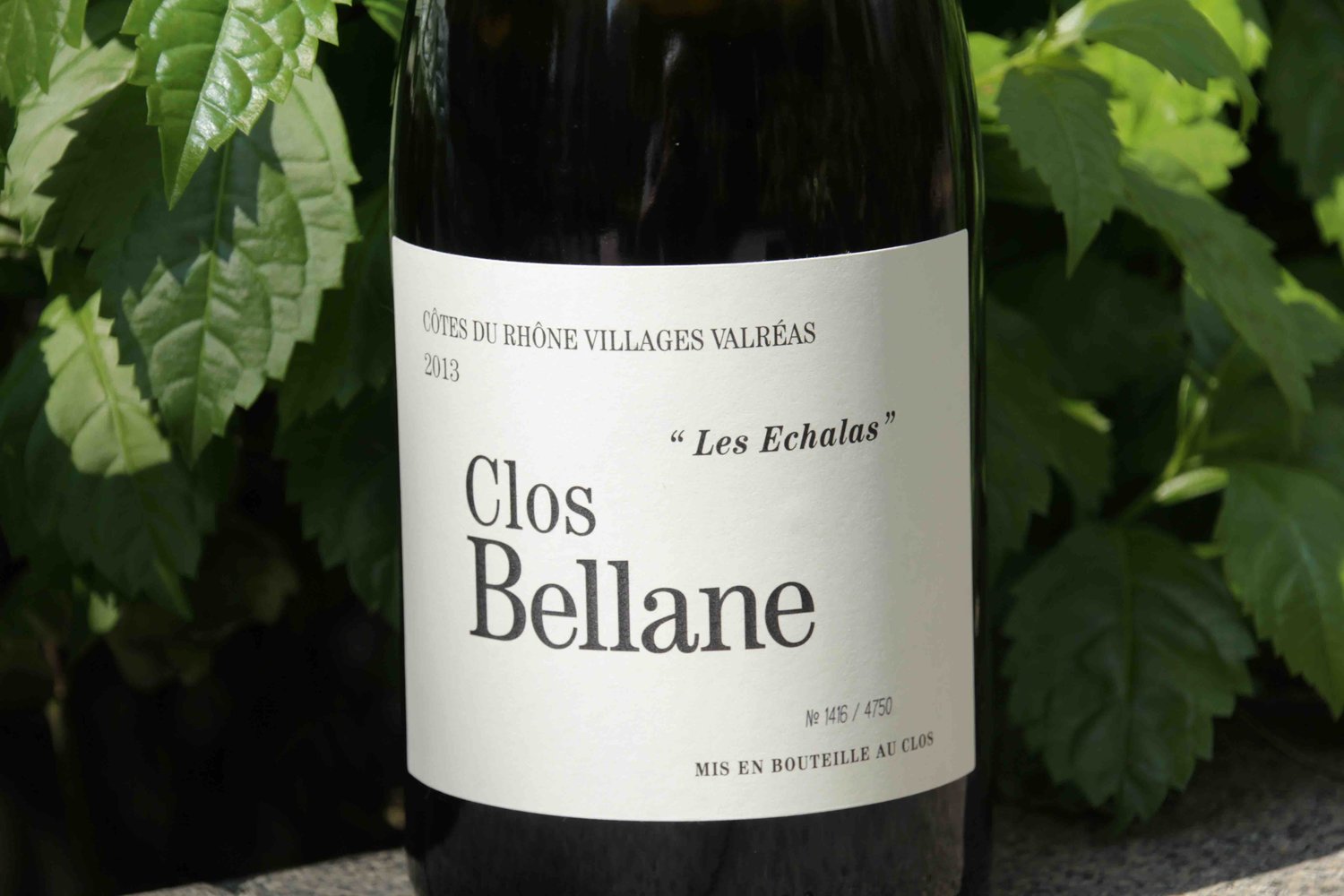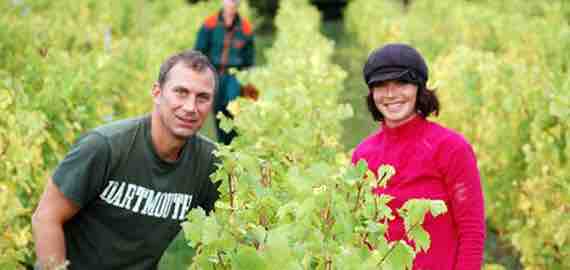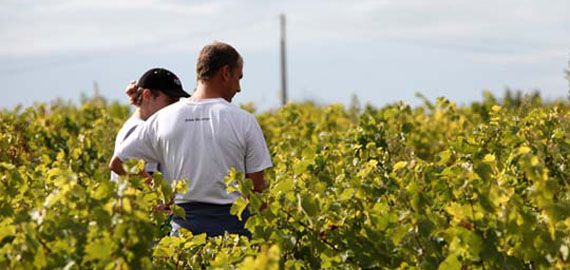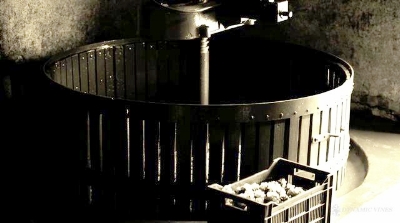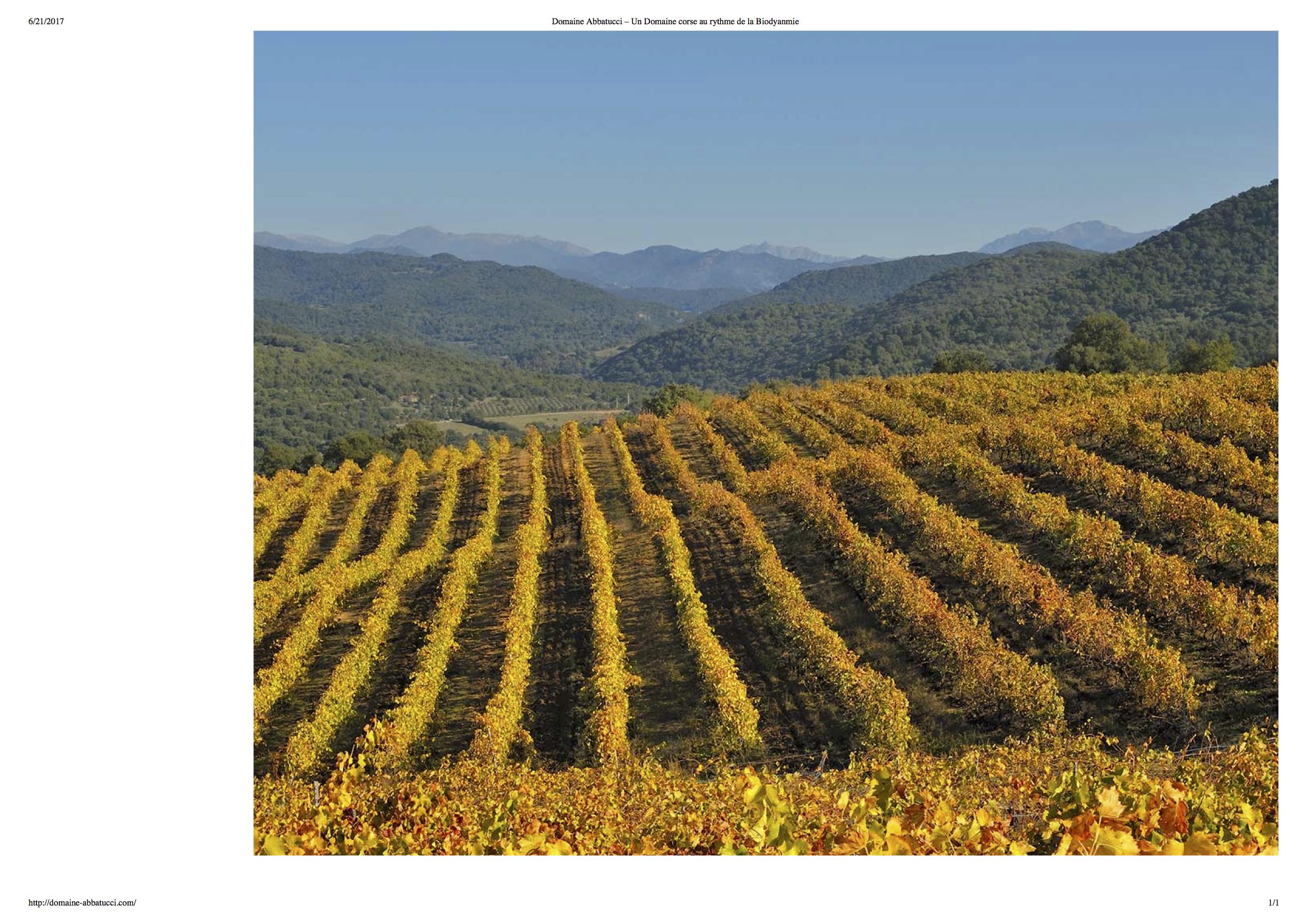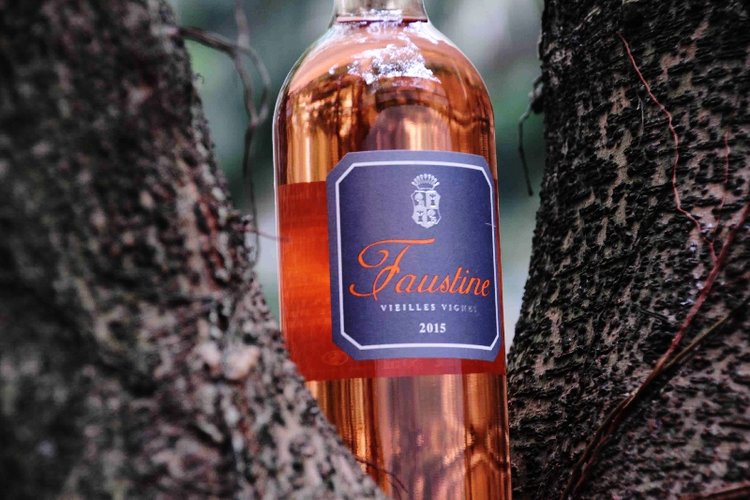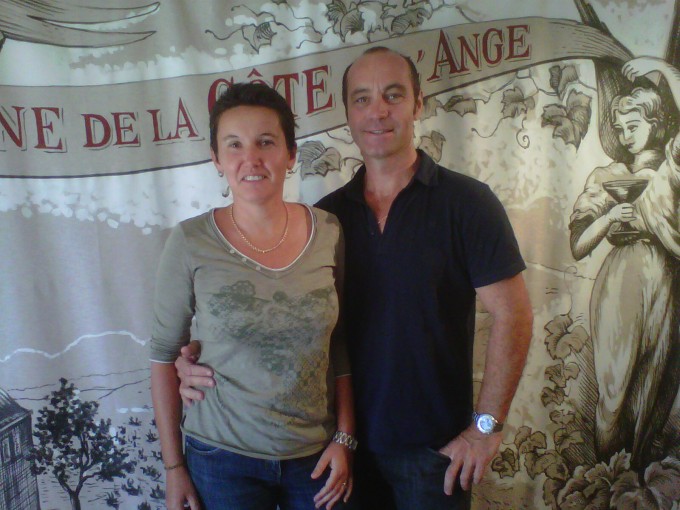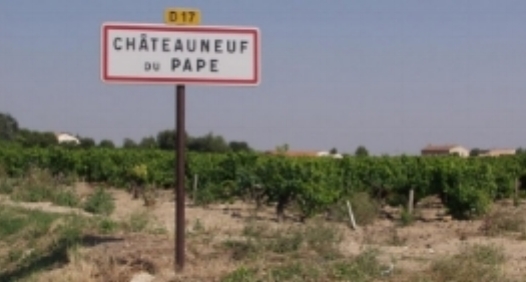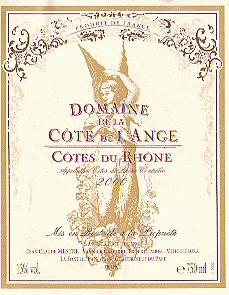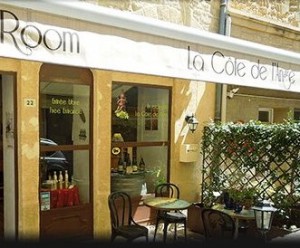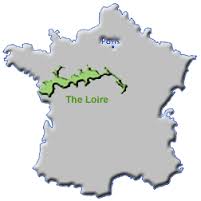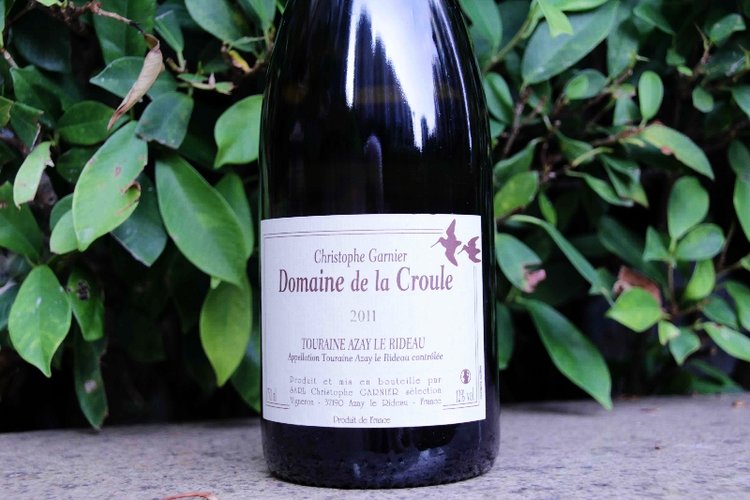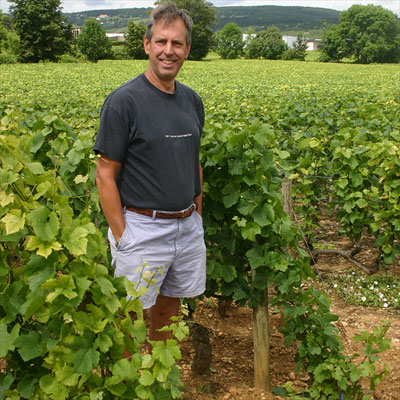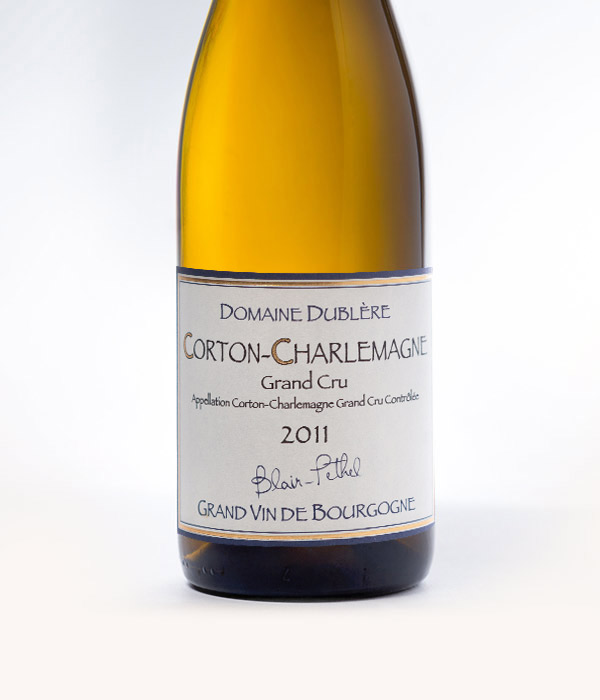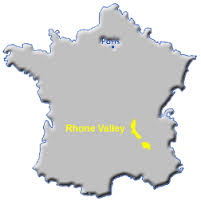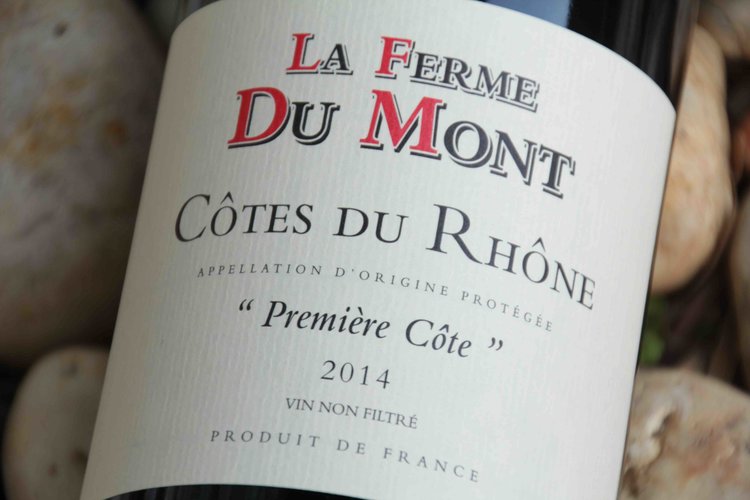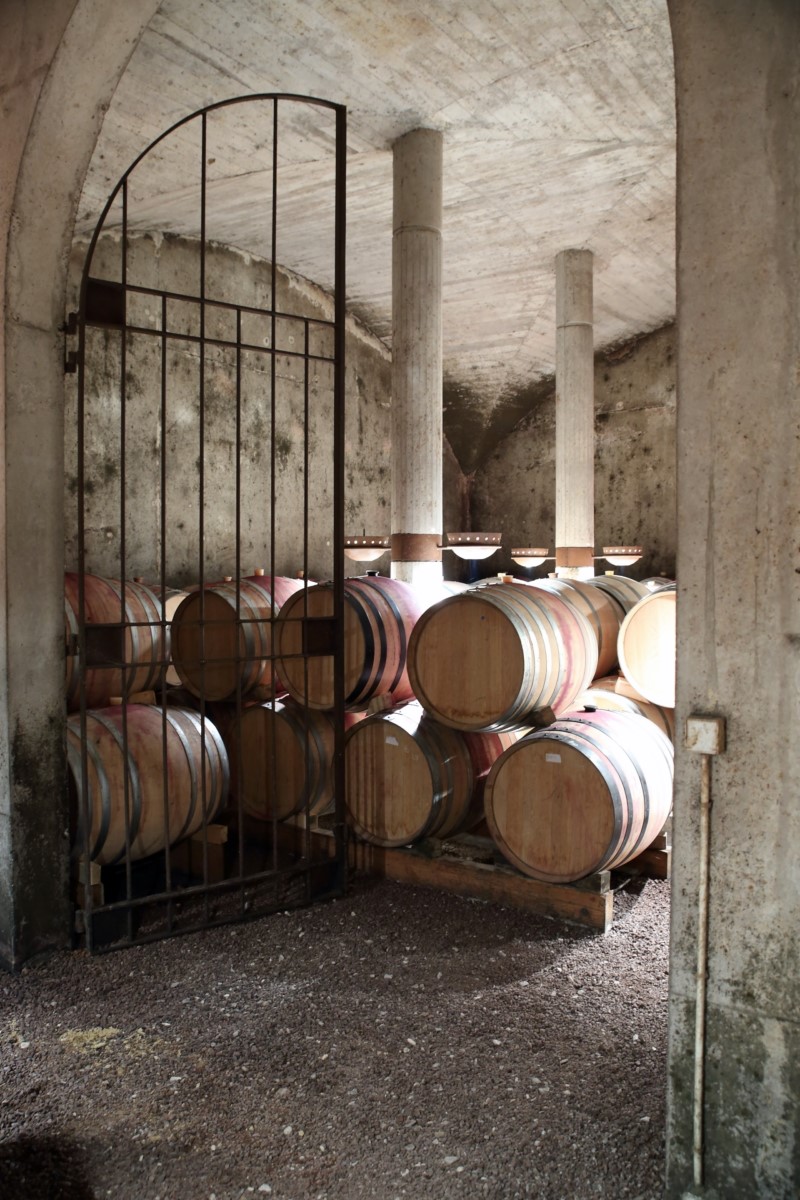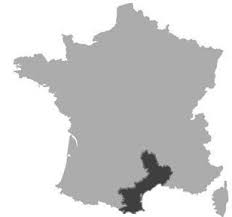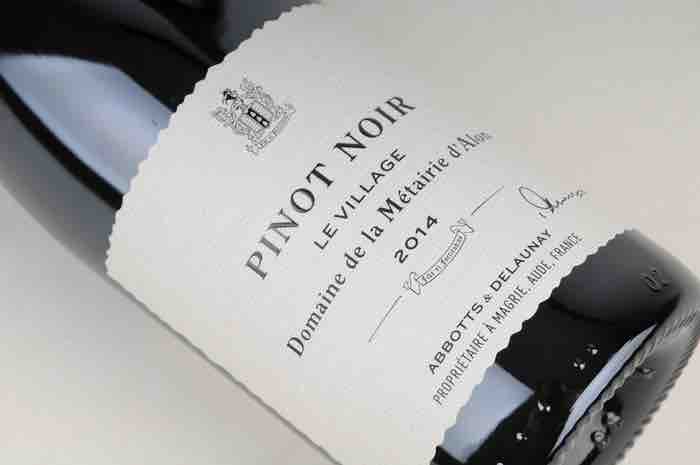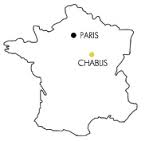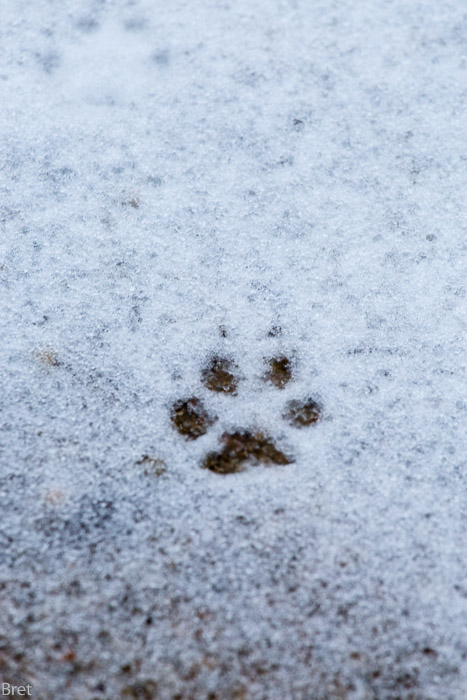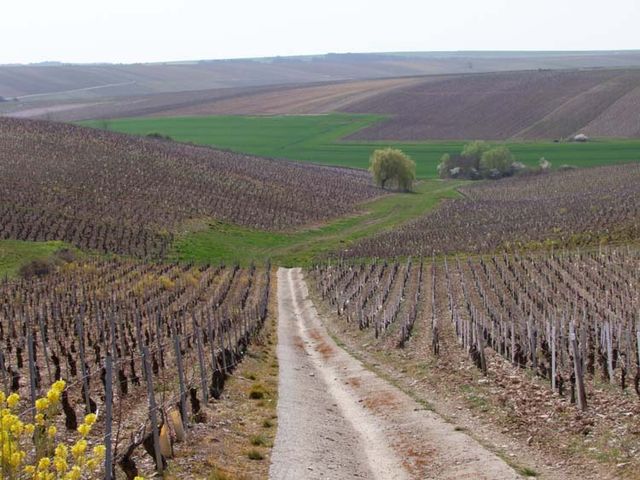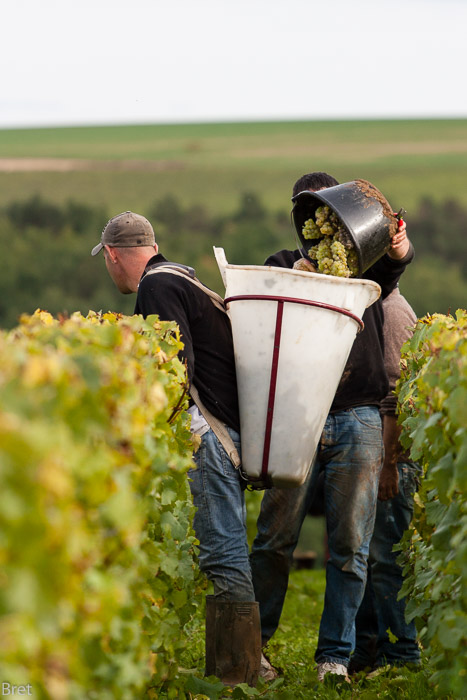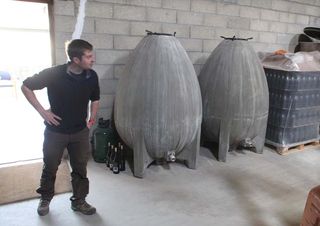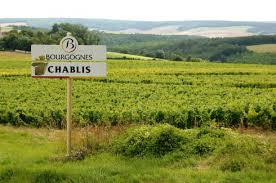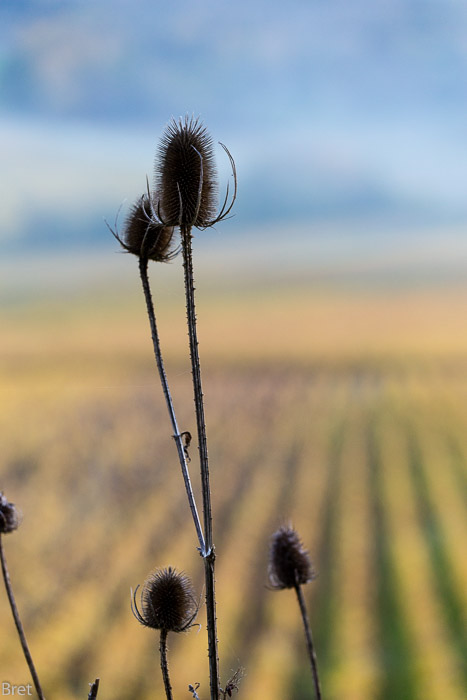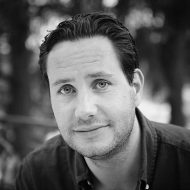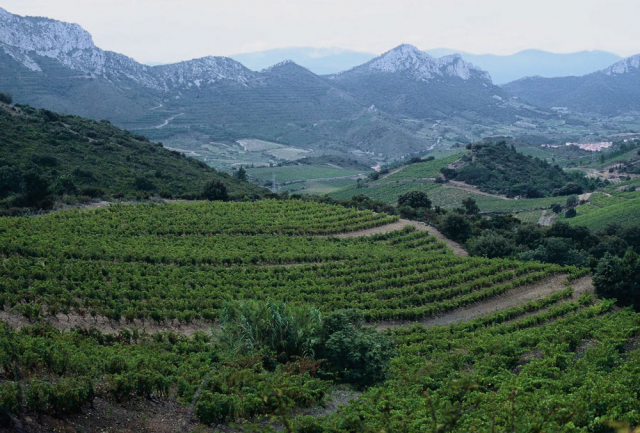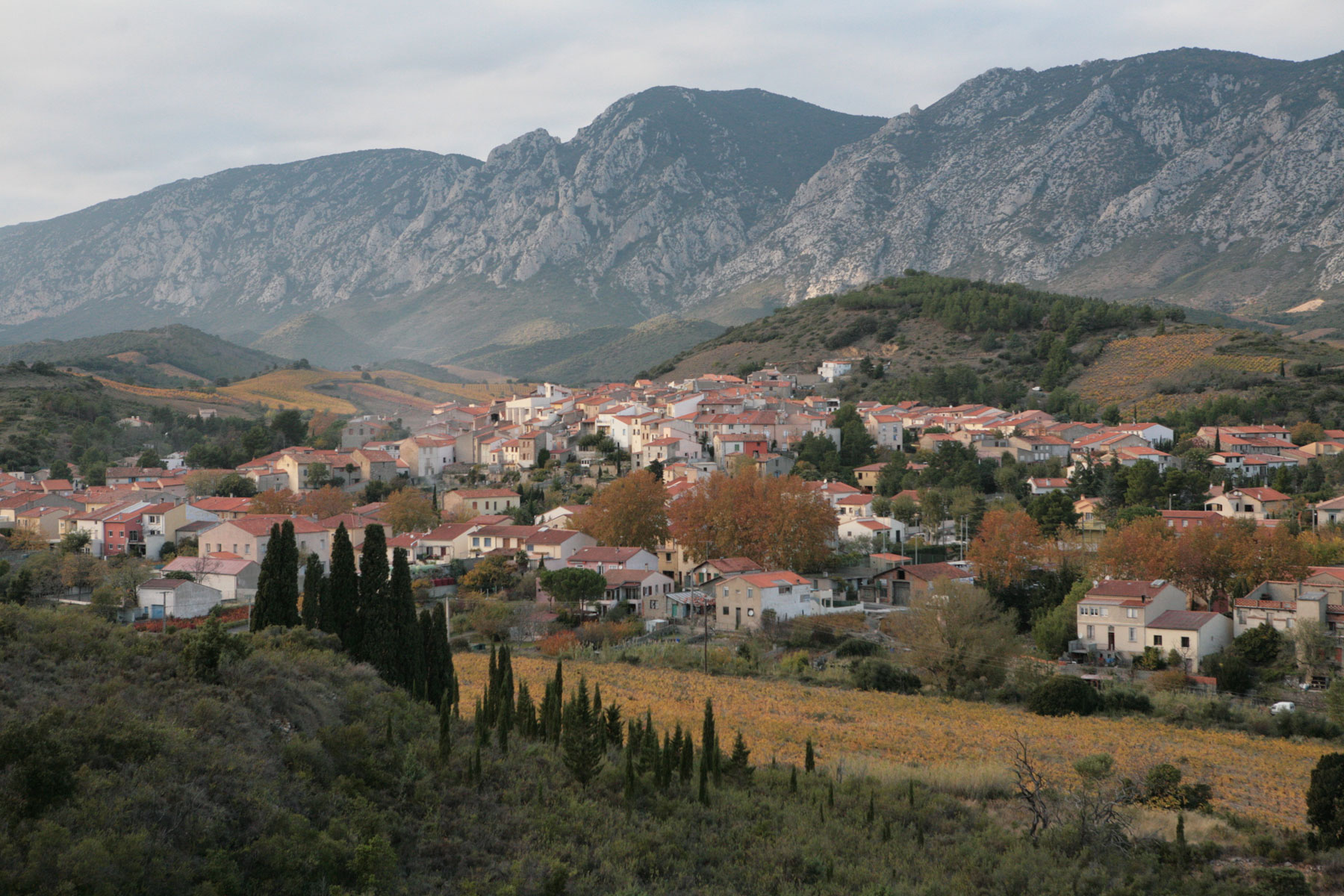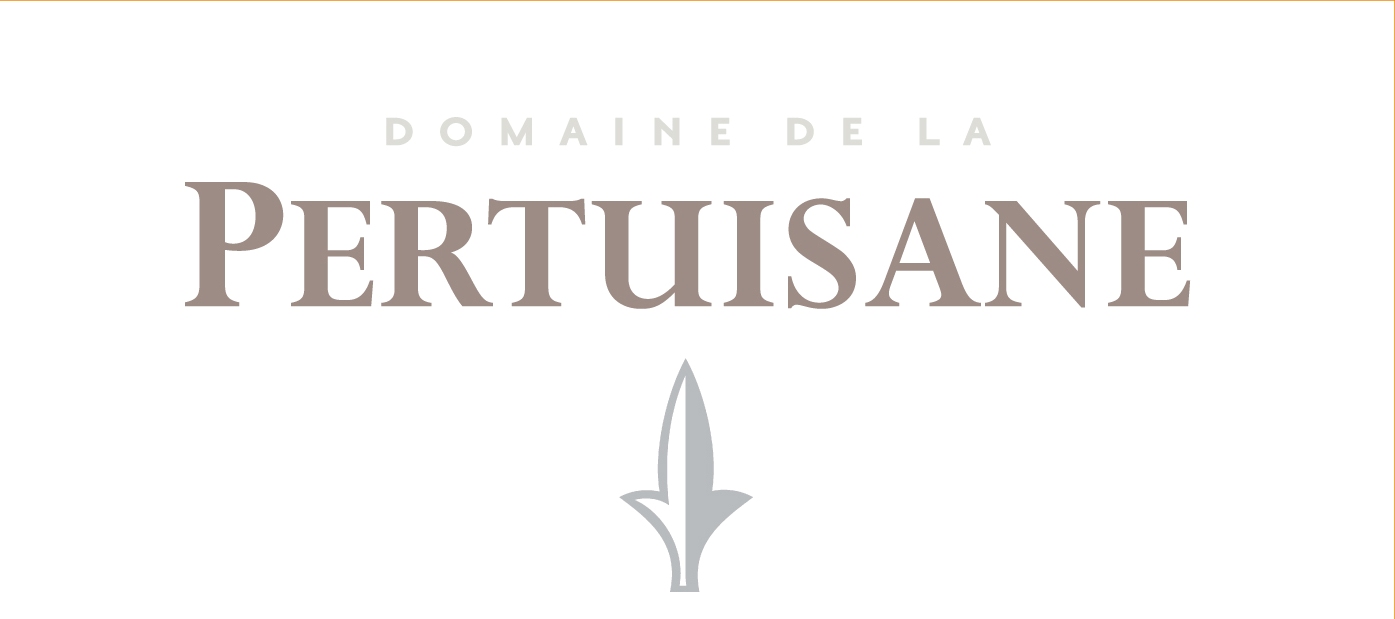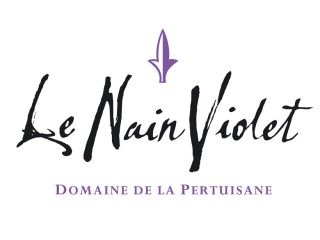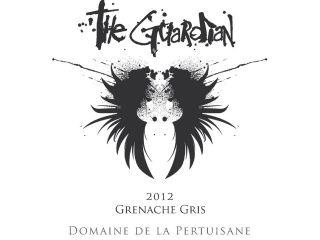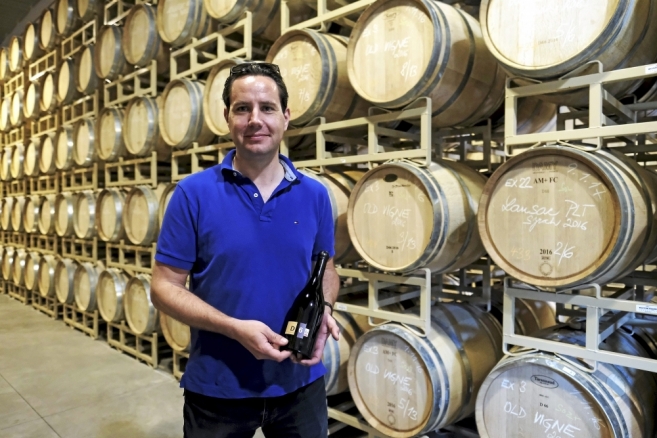
Our Wineries
Champagne Bruno & Christiane Olivier
Champagne
Founded in 1980, Champagne Bruno & Christiane Olivier is located in Trélou-Sur-Marne (30km West from Epernay) of the Champagne area. It is the result of tremendous combination: passionate love for the vine, craftsmanship and independence. Coming from a family of winemakers, Bruno Olivier has immersed himself in the secrets and skills required to elaborate exceptional Champagne. With his knowledge of vine growing and his savoir-faire, he decided to set up his own winery by purchasing his first vineyards. The domaine now represents 3 hectares. From planting the vines to the winemaking, and then bottling, Bruno gives birth to a unique Grower Champagne meeting the bouquet and flavor he has imagined. A niche champagne grower.
Domaine de l'Abbaye du Petit Quincy * New stock will be available by mid July !
Burgundy – France
The Domaine de l’ Abbaye du Petit Quincy’s story starts in 1212 as a wine cellar where monks operated under the authority of the Cistercian Notre Dame de Quincy abbey until the 16th century. From then on, winegrowers took over and year after year farmed the land and grew the wines until today.
As the summer residence for the monks, the latter were the first ones to select the vines, the plots and the "climats" to make fine quality wines not only for their personal consumption but also for commerce and trading purposes with wines selected amongst the best "crus"
It was part of “The Tonnerrois region” then already a renowned and appreciated wine supplying region in France and around Europe where Royal Families were speaking highly of its undeniable qualities.
Sold in 1792 as a national asset, the Domaine kept both its pastoral and winegrowing orientations until 1970.
In 1990, the Gruhier family took over. Among them, it is Dominique, one of the sons, who for the last 20 years, has put his heart, passion and hard work to restore the wine growing and winemaking excellence of the Domaine.
Since then, Dominique has grown those historical roots and this passion for the Terroir by trying to offer the most elegant expressions of the vine. Intense work on each vine stock, careful attention paid to selected grapes and organic protection against diseases make out the path he chose to reach the quality goals he set and to convert it to being an Organic Domaine.
Over the last 20 years, dominique’ s wines (Epineuil Red, Rose and White, Chablis and Cremant de Bourgogne) have been awarded more 170 medals and awards.
The story doesn't stop here! The winery benefits from modern installations with state of the art wine-making equipment and is buried 7 meters deep underground allowing the grape bunches, most of which are hand-picked, sorted out, selected and then transferred in stainless steel tanks or oak barrels thanks to gravity. A superb building with character protects the most beautiful maturing wine cellar still in use in the region.
A charming and welcoming environment, a smiling and caring team and a vision looking forward, the Domaine de l'Abbaye is not just for oenophiles. With wine tastings, French cooking classes, receptions, Organic markets or concerts the Domaine also is the meeting point for gourmets, history enthusiasts, music lovers or anyone looking for a few minutes or several days enjoying a unforgettable time in what I like to call the "Bourgogne du Haut" the upper Burgundy.
Abbotts & Delaunay
Languedoc Roussillon - France
Laurent Delaunay is a passionate wine maker who has become a recognized specialist in Languedoc wines through his wine-merchant business, Badet Clement & Cie, which he founded in 1995. He represents the 5th generation of a Burgundian family family of producers and negociants. Convinced by the tremendous potential of the Languedoc’s terroirs, he acquired Abbotts, a winery created in 1996 in Marseillette by young Australia talented wine maker Nerida Abbott. Laurent travelled extensively throughout the region in search of small plots of old vines growing at high altitudes in some the regions finest appellation: Corbieres, Minervois, Faugeres, Limoux ….The soil is unique. Round stones shaped by torrents and swollen by powerful Cevenol storms. Sandstones, marls, limestone scree and schist compose the sun-baked, windswept terraces, and then characterize the harsh natural environment in which the grapes give the wine power and Mediterranean typical style.
The now wine maker is Hilde Chevillot, who started her career in Chateauneuf du Pape, where she learned to vinify high-end wines. She then spent her next stage for Lafite Rothschild at their Chilean estate, Los Vascos. Back in France, she took over the management of 3,300 hectares of vines for a large wine cooperative in the Aude department.
CHÂTEAU D’AYDIE
Madiran - South West – France
Along with Montus and Berthoumieu, the Laplace family of Chateau d’Aydie is regarded as one of the leading producers in Madiran. Today Marie, Jean Luc, Francois and Bernard Laplace, owners and harvesters of the Chateau, work for the sustainability of the vineyard, as well as promoting the appellation. The vineyard owns a space of 58 hectares and produces about 10 different wines. The soil in Aydie is typically the Pebbled Soil: Gravel and Quartz sand with clay make for well-drained soil, optimal for grape maturation. Tannat is the signature red grape in the region. Petit Manseng and Gros Manseng are for the white. The prevailing Oceanic climate makes for a huge amount of work in the vineyard: de-budding, thinning, trellising, green harvest … In a move toward a more natural and ecological approach, the Laplace family drastically reduced the use of chemicals and turned to alternative methods of vine growing. Madiran wine is typically very concentrated and high in tannin. Thanks to modern technique of introducing minute amounts of oxygen into the wine, some top Madirans have become softer and more approachable in their youth, mirroring a similar tendency in Bordeaux. Patrick Ducournau at the Chateau d’Aydie started to develop this micro-oxygenation method and since then, the wine has become silky smooth and much well balanced with fruit and acidity.
CHÂTEAU DU CÈDRE
Cahors - South West – France
The history of Cahors winemaking goes back to the era of Ancient Rome, with vines being planted around 50 B.C. Malbec is the dominant grape in Cahors, which must make up a minimum of 70% of the wine. Locally it is known as “Cot”, “Cot Noir” or “Auxerrois”. Chateau du Cedre is a family estate (27 hectares of vineyard) run by Pascal and Jean Marc Verhaeghe. Pascal studied enology in Macon Davaye and experienced wine making in Burgundy, and Jean Marc was a qualified oenologist who obtained his wine making experience at La Tour Blanche in Sauternes. It was no surprised that their wine has combined Burgundy’s way of highlighting origin and terroir to the vinification techniques from the Bordeaux. With the centenary Cedar Tree at the entry of the estate as the brand mark of the vineyard, the vines are 20-55 years old, and carry a density of 4,000 – 5,500 vines per hectare. Yields are limited to 30 hectolitres per hectare. The vineyard implements organic farming and is certified since 2009. It also has achieved ISO 22000 and HACCP certification. Back to the early 1990’s, herbicides were already all banned and managed to stop all chemical spraying agents by 2002. Wines are nurtured in 2 complementary soil types: Colluvial lime stone soils, and the mixture of pebble tones/ferruginous red sands at surface with siliceous earth and clay below. The first soil produces straight forward wine with fine tannins, and the latter produces wine with power, density and texture. Climates is influenced by Atlantic until June, and clearly becomes Mediterranean in summer.
Clos Bellane
Rhone Valley – France
“ These impeccable beauties are made by Stephane Vedeau, who’s the driving force behind the quality coming from his Ferme du Mont estate in Châteauneuf du Pape.”
Wine Advocate #227 Oct 2016
Acquired in 2010 by Stephane Vedeau, the Clos Bellane locates on top of the plateau of Vinsobres, south east of Valreas. Stephane is also the owner of La Ferme du Mont producing some very finest Chateauneuf-du-Pape. The property enjoys an exceptionally cool climate at 410 meters above sea level with Truffle nurturing around and also 120 hives are inhabited. This special environment bought a touch of honey to the wine. The vines are steeply sloping to the East, favourable to the first gentle ray of the sunlight. The soil is limestone and therefore reflects a mineral character. Stephane tries to combine the complexity of soils and the microclimate around, hence producing great balance of fruit and alcohol, through a vision of harmony and finesse.
LE CLOS DE LA MESLERIE
Loire Valley - France
“ The organic, natural food movement goes hand in hand with the natural wine movement. I am now an enthusiastic participant in this cause, however modest my contribution and however humble I remain before the tasks at hand.”
Peter Hahn – Wine Maker and Owner
Le Clos de la Meslerie is in the Vouvray Appellation of the Loire Valley. The wine is natural, the grapes are organic. The property itself dates from the early 1600’s and grapes have been grown on the estate for centuries. The vines range from 20 to 60 years of age. In somewhat more poetic terms, le Clos de la Meslerie is about a dream and a personal journey. *Peter Hahn is an American who purchased le Clos de la Meslerie in 2002 after an early career in the worlds of strategic consulting and finance.
Peter received his Brevet Professionnel Agricole in Viticulture and Enology in 2005 and took over the full workings of the vineyard in 2007, immediately embarking on a re-conversion back to organic agriculture. The estate has only 4 hectares of chenin blanc vines. He produced the first vintage of Clos de la Meslerie in 2008.
“ Some people thought we were crazy but in 2007 we “cleaned” every vine with brushes, scraping off the decades of moss and old bark ( harboring remnants of pesticides and herbicides left from last renter ) suffocating the vines. The combination of these practices lead to very low yields per acre, and therefore highly limited production.”
Peter Hahn on his vineyard
The “ crazy “ things were that Peter was practically doing almost everything by hand. Grapes are organically grown – no herbicides, no pesticides, natural compost and other organic fertilizer are used only. Soil was tilled under the rows – worked with ploughs several times a year to keep the soil aerated, rich and biologically active. Native grass was planted between the rows to add to a self-sufficient ecosystem and to inhibit erosion. De-budding and de-shooting were by hand to ensure that each vine is focusing all of its energy on the selected shoots and grape bunches, limiting the number of bunches produced by each vine. Leaf thinning was by hand of each vine to allow each bunch greater exposure to sunlight and keeping the bunch ventilated thereby reducing disease. Bunch-thinning by hand where necessary to eliminate sour rot or uneven ripening. Harvest – certainly by hand - choosing only the ripest, healthiest bunches and leaving the rest on the ground to nourish the vineyard. Grapes are picked at the coolest hours of the harvesting day and put in small baskets and brought to the press quickly ( within an hour of picking ). These practices ensure that the grapes come to the press whole ( no broken grapes leaking juice ) which reduces oxidation and fungal disease risk.
The grapes are pressed by “ hand “. Peter and his team use 2 old presses ( age from 50-100 years old ) to press the grapes. With these old presses, they can only get “ first press ” juice. This gives them the best of the grapes, but it also means that they get a lot less juice ( probably half ) than if they use a modern electric press.
Only natural yeasts are used ( the yeasts which develop on the skins of the grapes as they mature in the vineyard vs addition of commercial yeast to the juice ). Fermentation took place in barrel for a year or more prior to bottling. Lees are stirred in the barrels several times each month by hand to encourage natural aromas and to protect the juice from oxidation. No fining or cold-treatment of the wine. Minimal sulfite is used. Minimal use of new oak barrels to avoid the classic ( overwhelming ) “ wood ” tastes found so often in white wine which mask the true flavors and aromas of the grapes. Corks are from the organic cork tree plantations in Portugal. Labels are made with water-soluble ink rather than oil-based products.
All of this costs more but is part of the philosophy.
“Peter Hahn’s attention to detail and respect for his vineyard & the people that work with him results in a breathtakingly fine, handcrafted wine. Produced in tiny quantities using organic methods, it is fabulously complex with rich, honey-tinged fruit and a vein of pure, gunflinty minerality which gives the sensation of a drier finish. Very special indeed.”
Jancis Robinson
Domaine Comte Abbatucci
Corsica - France
In the colorful city of Ajaccio, capital of Corsica, you can’t get very far without seeing the name Abbatucci. There are streets, monuments and plazas that carry the name, which is normal given that General Jean-Charles Abbatucci from Ajaccio was a hero of the French Revolution and comrade in arms of another local hero, Napoléon Bonaparte. Step into a wine bar or a restaurant there, chances are these days they’ll pour you a glass of Domaine Abbatucci. The domaine is run by Jean-Charles Abbatucci, a direct descendant of the General.
When Jean-Charles returned from military to the vineyard in 1992, there were 30ha of vines that his father and grandfather had planted. He reduced that to 18ha, and had recovered some almost extinct indigenous vines where there were 18 ancient, native Corsican varieties, including Biancone, Carcajolo Bianco, Paga Debitte, Riminese and other unpronounceable names. He’s used this precious ampelographic ( a botany that concerns identification and classification of grapevines ) treasure to produce The Collection Cuvée wines that honor his ancestors.
Jean Charles has used biodynamic viticulture on his granite-soil vineyard for over a decade. He also believes strongly in a poly-cultural ecosystem. Herds of sheep forage throughout his vines in the wintertime, and ancient terraces of olive trees and untouched maquis scrubland intersperse the vine parcels. To keep his vines happy, he’s known to play traditional Corsican polyphonic songs over loudspeakers in the vineyard. After the harvest he’ll treat his cellar to the same music as his grapes ferment and come of age.
Domaine de la Cote de l’Ange
Rhone Valley – France
The history of the Chateauneuf-du-Pape vineyard goes back to the 14th century when the Papacy, then residing Avignon, chose Chateauneuf-du-Pape as its summer retreat. Seven successive popes encouraged wine growing and developed the vineyard.
The MESTRE family is among the most ancient in Chateauneuf-du-Pape. The vineyard has been passed on from one generation to the next. The Domaine is now run by Corinne and her husband Yannick Gasparri.
The vineyard is about 40 years old and extends over 14 hectares of Chateauneuf-du-Pape, where the soil is clayey and chalky with large pebbles. Another 3 hectares of Cotes du Rhone is planted in sandy soil.
Very special care is given to cultivating the vines. To avoid the use of insecticides, a method called Sexual Confusion is used to confuse male butterflies and prevent them finding the females, thereby avoiding infestation with grape caterpillars. Harvests are done by hand.
DOMAINE DE LA CROULE
Loire Valley, France
Based in Tours since 1987, Christiophe Garnier, a trainer in oenology, runs his company Christophe Garnier Selection (CGS), which selects and distributes wine in France and abroad, for a wide range of Loire wines from the best owners in the region.
In 2000, he finally produced his own wine by creating Domaine de la Croule in the city of Azay-le-Rideau ( Indre-et-Loire ). The vineyards are organically certified.
Within the AOC of Touraine, the soil of Azay-le-Rideau has particular characteristics that are reflected in his wine: nose of ripe fruit of apricot, with a touch of honey; in the palate the harmony is impressive: roundness, sweetness and acidity are all well accompanied with a fine tone of oak.
* We discovered this wine by a special chance when Julien Amoris spent his time in a restaurant in France. He asked the sommerlier to challenge his palette. A bottle of de la Croule was brought up and he was impressed. Julien then spent months to locate this guyto get his wine.
Domaine Dublere
Burgundy - France
“Pethel clearly has a gifted touch because the wines are almost too good to have been made by someone with so little practical experience (he employs no consultants).”
Allen Meadows, Burghound.com
There are not a lot of Americans who are drawn to become winemakers in Burgundy. After 25 years as a political journalist, Blair Pethel moved to Beaune with his family in 2003, and started wine making in 2004, after qualifying in viticulture and oenology with a year’s course at the famous Lycee Viticole of Beaune. He apprenticed with several top winemakers in Burgundy – to name two – Patrice Rion in Primeaux-Prissey and Jean-Marc Pillot of Chassagne Montrachet. It was where he learned from with absolute respect and care for the soil and vines:
· No chemical fertilizers – He feeds the soil, never the vine – only organic compost is added to the vineyards.
· No weed killers – To aerate the soil, only plowing by traditional method is used.
· No anti-botrytis treatments –Just careful, hands-on viti-cultural practices are adopted.
· No insecticides – Always sexual confusion pheromones to assure the wine vines are protected against pests.
Perfection are expressed by meticulous practices in the vineyards: weekly check on each parcel of vines as harvest approaches; all fruit is hand-picked and put into small aerated cases to avoid crushing the grapes that would lead to premature oxidation; and preferably being picked in the morning for coolness to avoid unwanted start to fermentation. All wines are fermented with native yeasts.
La Ferme du Mont
Rhone – France
“ If you haven’t figured it out yet, Stephane Vedeau’s La Ferme du Mont is one of the up and coming superstars of the Southern Rhône. Moreover, don’t miss his Côtes du Rhône releases, or his Clos Bellane releases, for that matter—both of which fly under the radar.. “
eRobertParker.com #227 Oct 2016
* Jancis Robinson declared the 2007 La Ferme du Mont Chateauneuf du Pape as a "magestic wine" and rated it in her top three Chateauneuf du Papes for 2007. ( The other 2 are Chateau Rayas and Beaucastel )
* Jancis Robinson named him the Best New Rhone Wine Maker
Vintage after vintage La Ferme du Mont renews the tradition of the lasting bond between extraordinary grapes and their unique soil to produce wines of excellence. Owner and Winemaker Stéphane Vedeau and his team use their passion to produce the finest wines since 2005.
Stephane has an endless passion for the best Grenache grapes. Built on an authentic and dynamic place, the vineyards are of 50 hectares with old vines being cultivated on the estate incorporating several AOC’s. The locations offer unique terroir and climate.
“ Whatever your technique is afterwards at the end is just 20 per cent. The remaining 80 per cent is agronomy. My approach to wine is not old world or new world oriented, I like to define myself as neoclassic: that means you have the knowledge without controlling the wine too much, letting express its nature, without using artificial yeast, minimizing the use of sulphites, limiting their use after the malolactic fermentation and controlling the volatile acidity. “
The vineyards are farmed with 100% Biodynamic farming techniques since 2011. Prior to that, they used self-sustaining farming practices, In 2014, they earned the certification of Agriculture Biologique. No chemicals or pesticides are used (other than in the case of disease). The vines are grown in a completely natural environment in harmony with Provencal vegetation. The fertilizers are organic and Stephane uses ambient or natural yeasts to ferment the wines.
Domaine de la Metairie d’Alon
Languedoc Roussillon, France
Originally from Burgundy, Catherine and Laurent Delaunay, owners of Abbotts & Delaunay, a boutique winery specialized in premium wines from Languedoc, spent several years searching for an exceptional terroir in Southern France where they could craft great wines from their favorite grapes: Pinot Noir and Chardonnay. It is in the mountainous region surrounding the Village of Magrie that combine unique terroirs and cool climate, thus producing top quality wines.
Located in a magnificent setting at the heart of Haute Valle de ‘’Aude, Domaine de la Metairie d’Alon is an estate composed of 25 hectares of vineyards divided into 25 plots. The vines are cultivated organically, with the utmost respect to the nature. The calcareous clay soil allows the 2 varietals to express all of their characteristics aromas and flavors to their full potentials.
http://www.bacchusclubhk.com/new-products/domde-la-metairie-dalon-le-village-2014
http://www.bacchusclubhk.com/new-products/domaine-de-la-matairie-dalon-solaire-2014
Domaine Pattes Loup
Chablis, Burgundy - France
Domaine Pattes Loup is one of the most exciting estates to emerge from Chablis in recent years ( Pattes Loup means "wolf’s paws" ). Thomas Pico is destined to become a rising star producer of Chablis. He started his tiny estate in Courgis in 2005, just outside of Chablis, under the wing of his friends and fellow organic Chablisiens, Alice and Olivier de Moor. He inherited 2.4 hectares of vines from his family’s estate that had been producing correct, but uninspiring wines. Motivated to take a qualitative leap in a new direction, and against the wishes of his father, he immediately began a program of strict yield control and a conversion to Organic Viticulture since 2007—a rarity in Chablis, and a feat of extreme diligence in this often inhospitable vine growing region. The vineyard is now organically certified.
Marked by Kimmeridgian marl and clayey limestone, most of his vines were planted in hillsides near Courgis and Preys, the two highest altitude villages within Chablis, with vineyards up to 300 meters. Pico harvests everything by hand, with hand sorting of any imperfect berries at the winery on a vibrating table de trie. He ferments all his wines using indigenous yeasts. He does a 14-16 month élévage ( progress from fermentation to bottling ) on the wines and bottles without fining and filtration. His Chablis AC, from 55+ year old vines, is fermented in about 30-40% in concrete egg-shaped fermenters with the balance in stainless steel. The Premier Crus, Côte de Jouan, Beauregard and Montmains (from the lieu-dit "Butteaux"), from hillside vineyards between 25 and 50 years old, are all raised in older oak.
Domaine de la Pertuisane
Languedoc Roussillon, France
“These are sensational efforts from this estate”
Robert Parker
The Pertuisane story begins in the foothills of the Pyrennées. In 2002, British winemaker Richard Case and his wife Sarah staked their future on 2 hectares of ancient grenache & carignan vines surrounding the village of Maury. Convinced of its truly exceptional terroir, they added 8 more hectares in time for the 2003 harvest, resulting in the first small run of high-quality, handcrafted wine.
Maury is a remarkable winemaking village in the Catalan region of south-west France. It lies midway between Priorat in Spanish Catalonia and the Southern Rhone Valley. Yields at Pertuisane are extremely low. Vineyards range from 20 to 100 years of age although most are over 50-years-old and produce as little as 10 hectolitres per hectare. Vineyards are worked and picked manually while late harvesting ensures phenolic maturity, and the deep inky colour which is the characteristic of all Pertuisane wines.
The domaine advocates minimal intervention winemaking. The wild yeasts naturally present on the grape skins initiate fermentation, and while the juice is pumped over twice a day, the wine is handled as gently as possible. The wines are pressed off through a traditional basket press before being aged in new and second-year French oak barriques.
In line with Pertuisane’s winemaking principals the wines are neither fined nor filtered prior to bottling. The resulting wines show great complexity, concentration and finesse.
